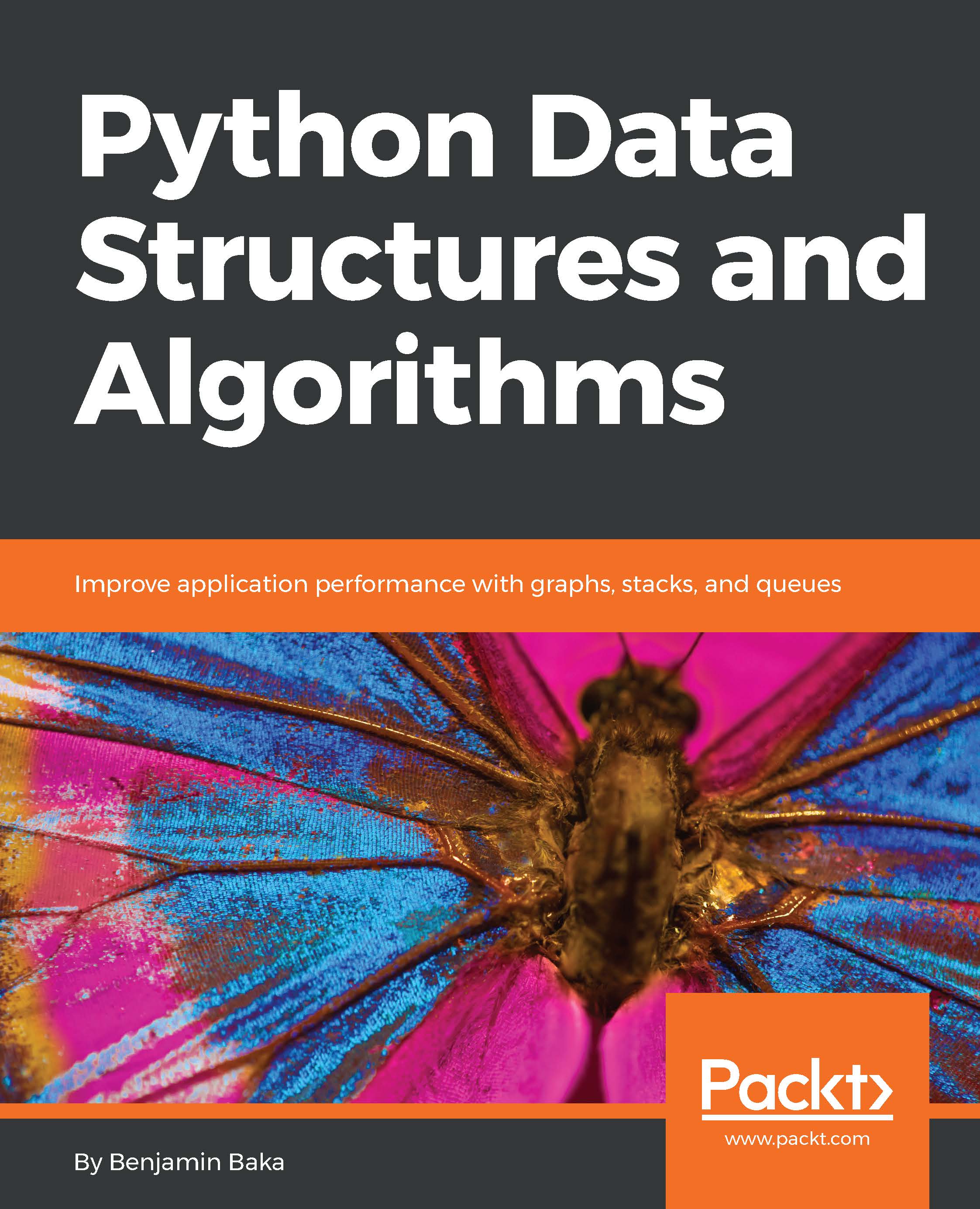Python is the language of choice for many advanced data tasks for a very good reason. Python is one of the easiest advanced programming languages to learn. Intuitive structures and semantics mean that for people who are not computer scientists, but maybe biologists, statisticians, or the directors of a start-up, Python is a straightforward way to perform a wide variety of data tasks. It is not just a scripting language, but a full-featured object-oriented programming language.
In Python, there are many useful data structures and algorithms built in to the language. Also, because Python is an object-based language, it is relatively easy to create custom data objects. In this book, we will examine both Python internal libraries, some of the external libraries, as well as learning how to build your own data objects from first principles.
This book does assume that you know Python. However, if you are a bit rusty, coming from another language, or do not know Python at all, don't worry, this first chapter should get you quickly up to speed. If not, then visit https://docs.python.org/3/tutorial/index.html, and also you can find the documentation at https://www.python.org/doc/. These are all excellent resources to easily learn this programming language.
In this chapter, we will look at the following topics:
- Obtaining a general working knowledge of data structures and algorithms
- Understanding core data types and their functions
- Exploring the object-oriented aspects of the Python programming language


